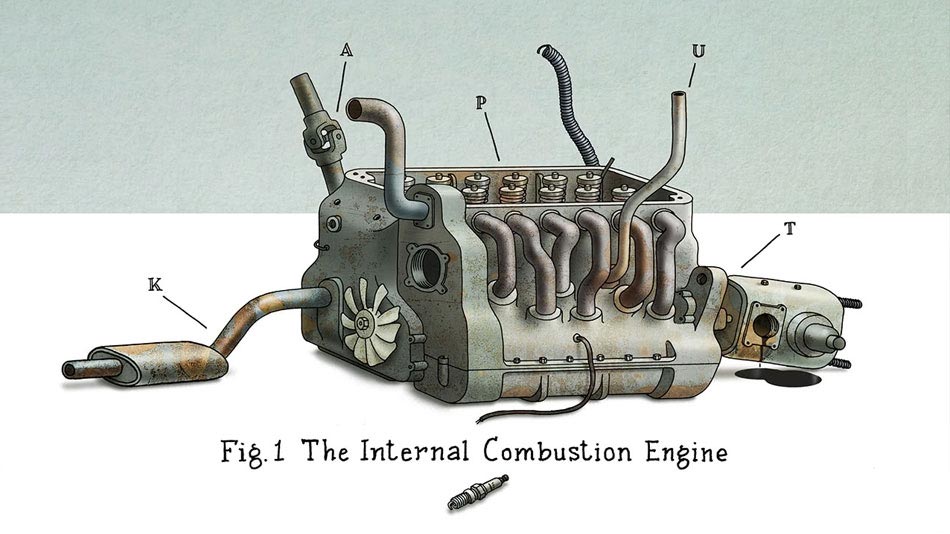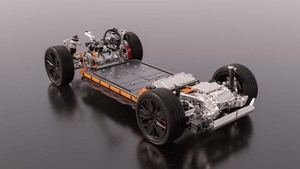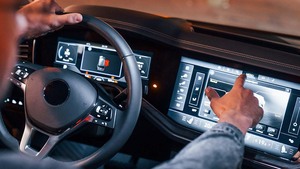The European Transport & Environment Institution has just published its 2018 report. Transport is Europe’s biggest climate problem. With growing climate change and air pollution concerns, the report helps to highlight the need for a shift in vehicle policy. Below is a summary of their findings.
- Transport contributes 27% to the EU’s total greenhouse gas emissions. More than half of these emissions are produced by cars and vans.
- Despite 20 years of CO2 reduction targets in Europe, the average emissions of new cars actually increased in the previous year. This is partly caused by the increased sales of SUV’s, crossovers and more powerful vehicles.
- T&E discovered that the average CO2 emissions from diesel cars had risen while petrol car emissions remained flat. T&E explained this dynamic due to carmakers pushing sales of more powerful, bigger diesels.
- In addition to climate change concerns, public concern about the air pollution crisis should have pushed for less diesel cars on the roads as well. T&E calculated that in many European cities air pollution has a similar effect on one’s health as smoking up to four cigarettes a day.
- However, in the last three years, the number of diesels has increased to 43 million cars and vans and continues to grow.

T&E calculated that in many European cities air pollution has a similar effect on one’s health as smoking up to four cigarettes a day.
- One of the strategies to cope with transport related emissions is the transition towards EVs. Yet, the EV market in Europe is still not bigger than 2%.
- One of the main arguments against widespread EV adoption is the lack of charging infrastructure. Yet, on average, there were five EVs on the road per public charging point in 2017, in Europe. This is more than the recommendation of the European Commission. In addition, T&E showed that only 5% of EV charging actually happens at public charging points.
- T&E argues that the real reason for the slow EV uptake lie with European carmakers, who spend only 1.5% of their advertising budgets on EV models in the EU’s five largest car markets. In addition, they brought only 30 battery and fuel cell electric models on the market, compared to 370 ICE vehicles. On top of that, 90% of sales went to nine models only and most were not even available for sale in showrooms. In addition, T&E showed that European carmakers were investing seven times more in EV production in China than in Europe.
- Still, the EU has set CO2 reduction targets of 15% by 2025 and of 37.5% by 2030 compared to 2021 levels, yet according to the T&E report ‘Carmakers have continuously manipulated fuel efficiency/CO2 tests to meet CO2 targets. Between 2000 and 2017 the additional fuel burned had cost drivers an extra €150 billion.’
- Eventually, by the end of the year, the European Commission proposed to end carbon emissions from transport by 2050, meaning that ICE vehicles must be phased out in the early 2030s. Hence, the EU is willing to green up its fleet. However, the target is ambitious, but not sufficient, according to T&E.
As fleet owners, we all have the responsibility to think about the impact of the environment and how our car choices today will help create a better, more sustainable future for the next generations. Based on my 5 years experience and over 128.000 km of driving electric I can witness driving electric is feasible, fun, economic and gives positives vibes. It did not change my comfort zone, on the contrary it added to my comfort with better planning, less stressed traffic participation and once in a while nice networking while charging…. #betterlife #justdoit
Bart Vanaham



